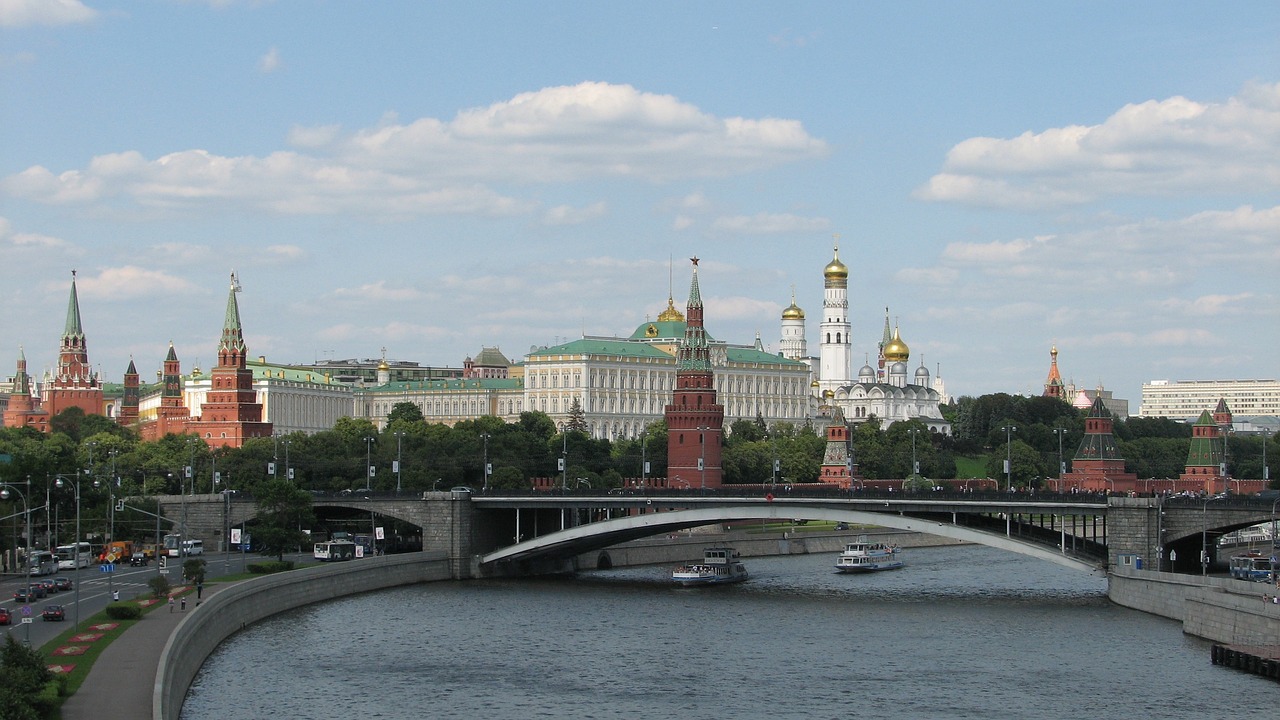Kyoto, the heart of traditional Japan, presents a fascinating juxtaposition of ancient traditions and modern sophistication. This city, once the imperial capital of Japan for over a millennium, is a treasure trove of cultural heritage, brimming with historical temples, stunning gardens, and vibrant festivals. Yet, Kyoto is not just a relic of the past; it’s a living, breathing city where the ancient and the modern coexist in harmonious synergy.
The Historical Richness of Kyoto:
Kyoto’s historical significance is unrivaled in Japan. Home to over 2,000 temples and shrines, the city is a living museum. The Kinkaku-ji, or the Golden Pavilion, with its shimmering gold leaf facade reflecting in the surrounding pond, is a testament to the lavish aesthetics of traditional Japanese architecture. Similarly, the Fushimi Inari Shrine, known for its iconic torii gate path, offers a mesmerizing walk through seemingly endless vermilion gates, each telling a story of faith and tradition.
The Natural Beauty and Gardens:
Kyoto’s natural beauty is as integral to its charm as its historical structures. The city’s gardens are a spectacle of meticulous design and serene beauty. The Arashiyama Bamboo Grove, a pathway lined with towering bamboo, provides a surreal and tranquil experience, as if stepping into another world. The changing seasons bring new colors and atmospheres to these landscapes, with cherry blossoms in spring and vibrant autumn leaves creating a visual feast.
Cultural Experiences and Gastronomy:
Experiencing Kyoto is not just about sightseeing; it’s about immersing oneself in its culture. Traditional tea ceremonies, where every gesture is an art form, offer a glimpse into the ceremonial aspects of Japanese culture. Kyoto is also famous for its kaiseki cuisine, a culinary tradition that emphasizes seasonal ingredients, artful presentation, and a balance of taste and texture. Each dish is a masterpiece, reflecting the chef’s skill and the richness of Japanese gastronomy.
Festivals and Modern Life:
Kyoto’s calendar is packed with festivals, each celebrating different aspects of its culture and history. The Gion Matsuri, with its grand procession of floats and traditional garments, showcases Kyoto’s vibrant cultural heritage. Yet, amidst these traditional festivities, Kyoto is also a hub of modernity. The city seamlessly blends the old with the new, evident in its bustling shopping districts like Shijo-dori, where contemporary fashion and technology meet traditional crafts.
Practical Travel Advice:
- Best Time to Visit: While Kyoto is beautiful year-round, spring (March to May) and autumn (October to November) are particularly spectacular due to cherry blossoms and autumn leaves.
- Getting Around: Kyoto’s efficient public transport system, including buses and trains, makes navigating the city easy. Renting a bicycle is also a popular way to explore the city.
- Accommodation: From traditional ryokans to modern hotels, Kyoto offers a range of accommodations. Staying in a ryokan offers a unique experience of traditional Japanese hospitality.
- Language and Etiquette: While English is spoken in tourist areas, learning a few basic Japanese phrases can enhance your experience. Remember to respect local customs and etiquette, especially when visiting temples and shrines.
In conclusion, Kyoto is a city where the past and present intertwine in a beautiful tapestry. It offers a journey through time, from the ancient streets of Gion, echoing with the steps of geishas, to the modern vibrancy of its downtown areas. For travelers seeking a blend of history, culture, natural beauty, and modernity, Kyoto stands as a compelling destination, promising an unforgettable experience



